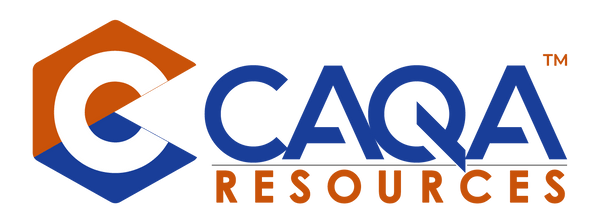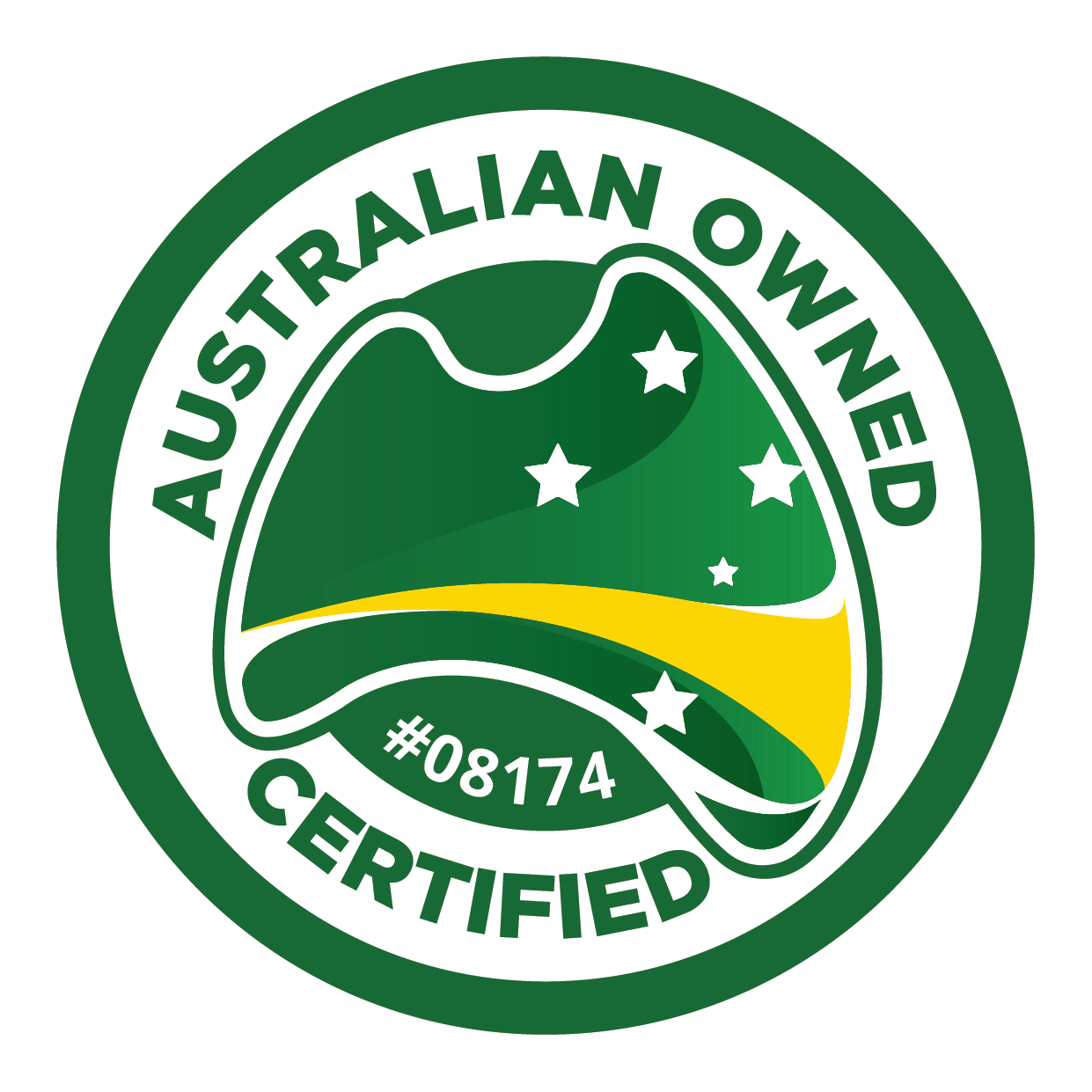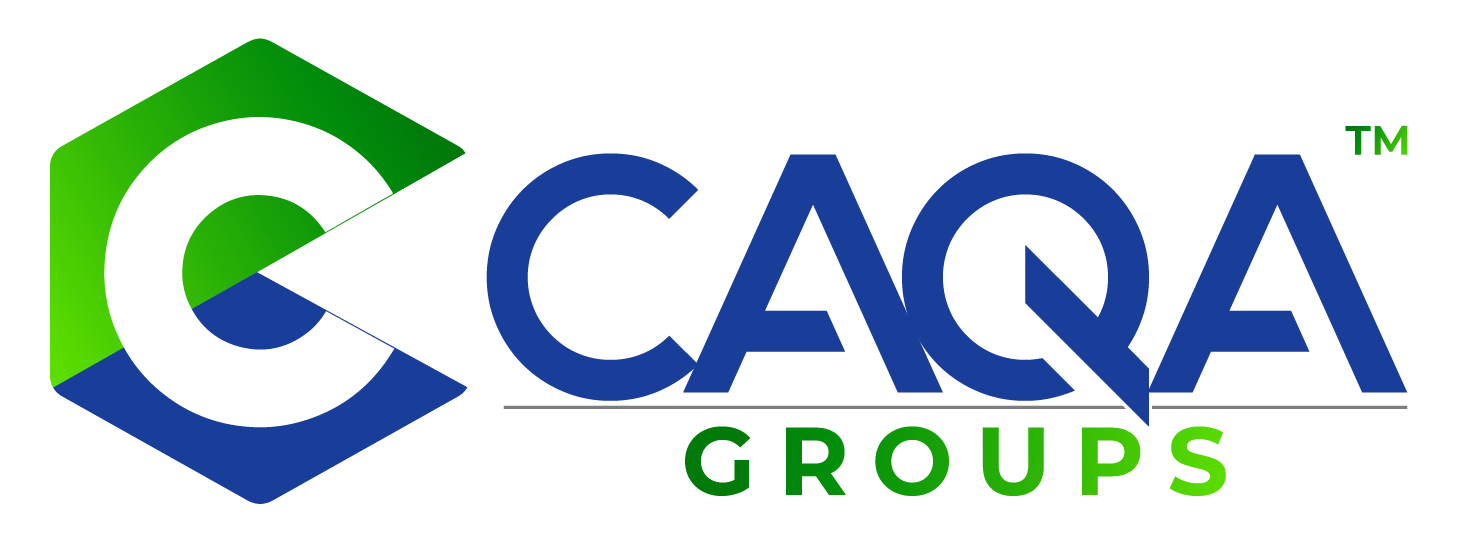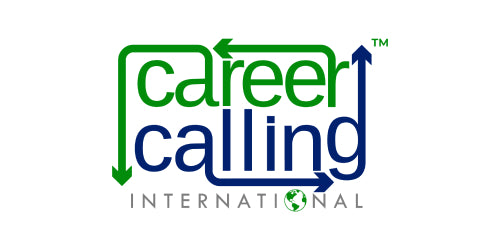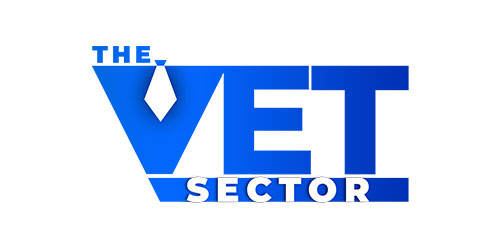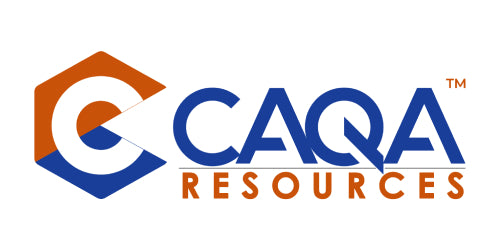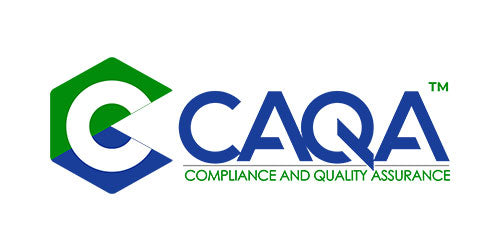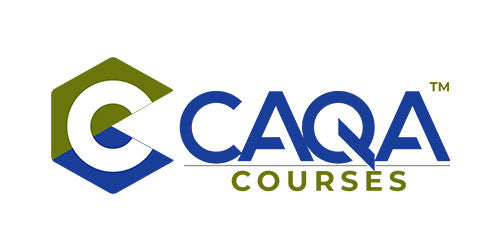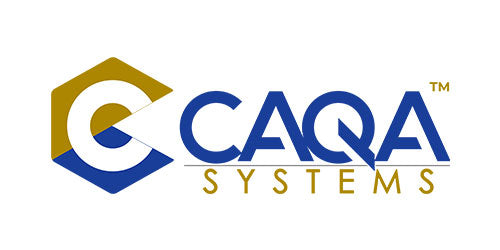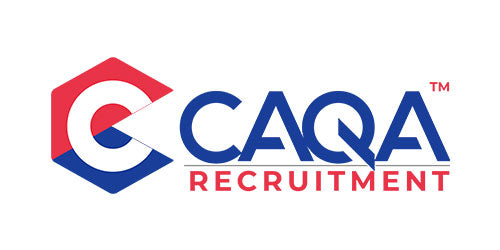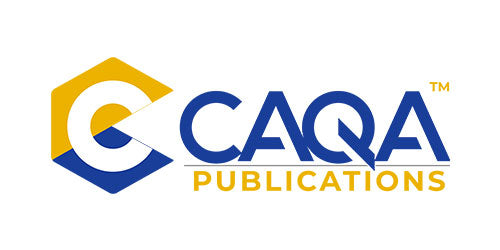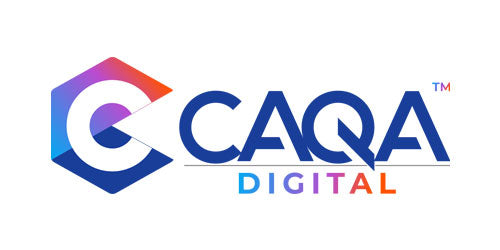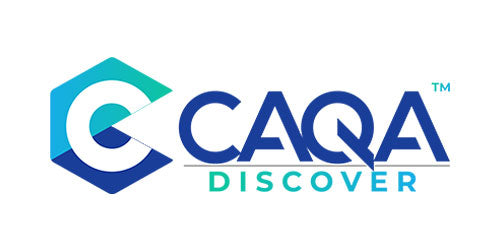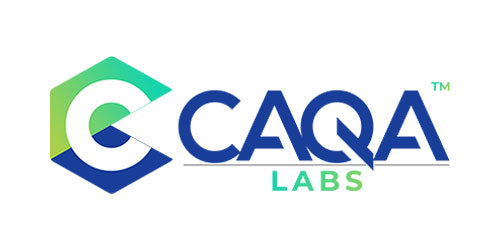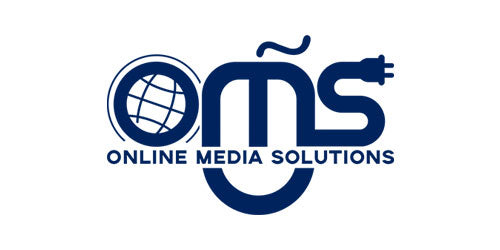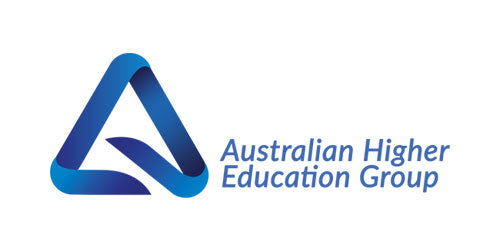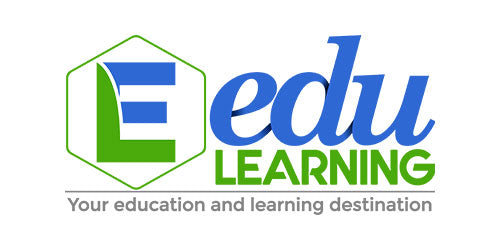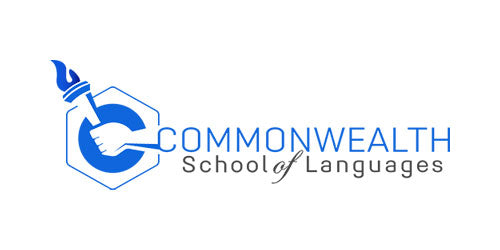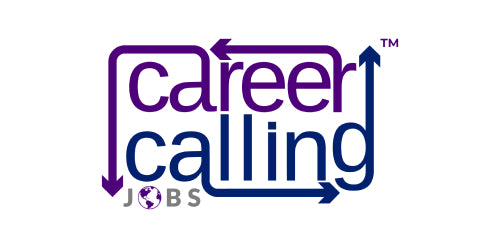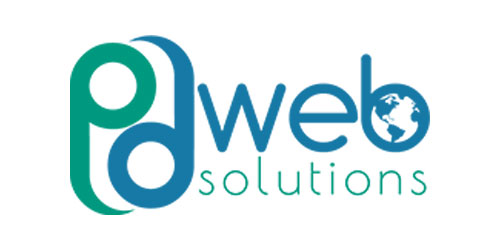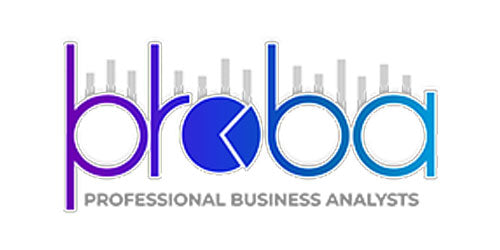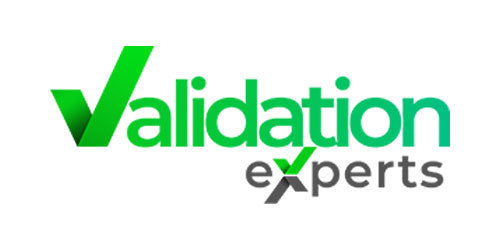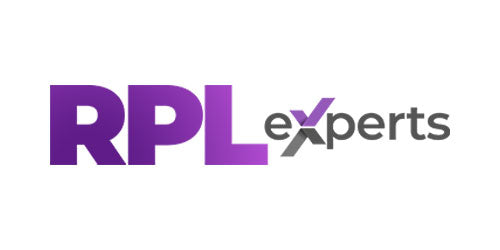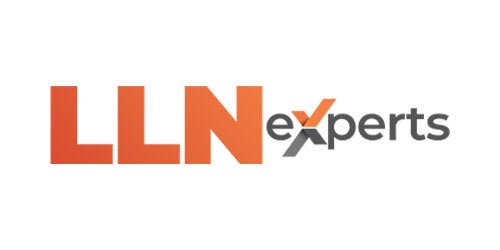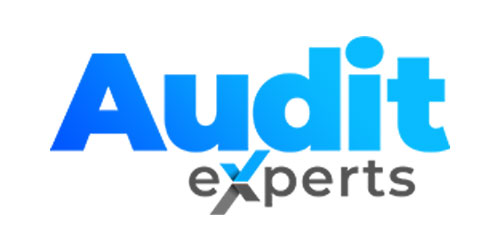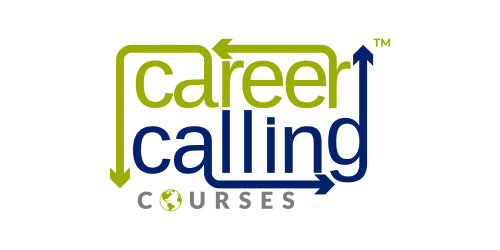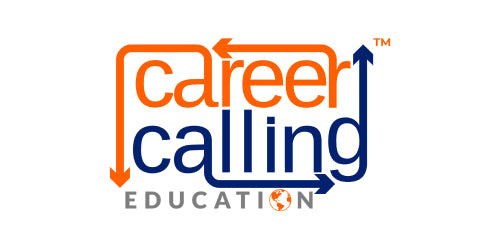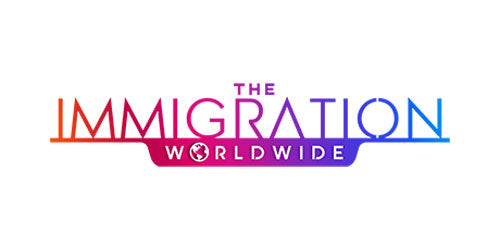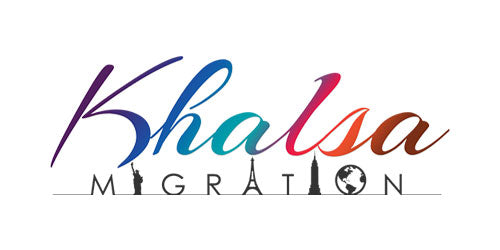In the rapidly evolving educational landscape, providing engaging and effective training and assessment resources is crucial for ensuring student success. As the demand for flexible and high-quality learning options grows, training organisations must adapt their approaches to meet the diverse needs of modern learners. This article explores key strategies for engaging learners with quality training and assessment resources, empowering educators and students alike to thrive in any learning environment.
Moving Beyond Traditional Training Models
Effective training and assessment go beyond simply providing materials. To truly engage learners and facilitate their success, resources must incorporate interactive elements, real-life scenarios, and regular interactions with instructors and peers. When educators are not readily available, learning management systems (LMS) should offer a seamless and interactive experience to support continuous learning.
Strategies for Enhancing Training Effectiveness
- Clear and Specific Instructions
Providing learners with clear and specific directions is essential. Use consistent legends, icons, and instructions throughout the training materials, ensuring that students know exactly what they need to read, research, observe, participate in, and write about to complete the course successfully.
- Engaging Resource Design
The design layout of training materials plays a crucial role in learner engagement. Aim for a straightforward, efficient, and visually appealing design that allows students to navigate easily through the content. If you lack in-house expertise, clearly communicate the desired qualities and characteristics when recruiting developers.
- Interesting and Interactive Content
Engaging and interactive content is essential for maintaining learner focus and preventing dropout. Provide an organisational framework and ensure the content is entertaining, interactive, and professionally designed to captivate learners.
- Facilitating Learner Interaction
Encourage communication and collaboration by creating smaller breakout groups, initiating icebreaker activities, and fostering discussions during training sessions. This allows learners to express themselves, share their skills, and build interpersonal relationships.
- Personalised Learning Plans
Recognise that each learner’s situation is unique and tailor your expectations accordingly. Develop customised learning plans that cater to individual needs and skills, particularly for learners who may struggle in a traditional learning environment.
- Social Learning Features
Incorporate social features such as sharing and commenting on information to increase interactivity and engagement. Gamification elements can further enhance the learning experience and make it more enjoyable for learners.
- Learner-Generated Content
Empower learners by inviting them to contribute to the learning process by creating materials or leading group study sessions. Task-based learning allows students to produce relevant outputs that can be shared with their peers, motivating and assisting them in their learning journey.
- Peer Evaluation
Implement peer evaluation strategies to help learners better understand their work and promote a culture of sharing and best practice dissemination. This classroom strategy translates well to any learning environment.
- Stakeholder Feedback and Continuous Improvement
To continuously improve the quality of training materials, regularly seek feedback from all stakeholders, particularly learners. Use efficient feedback tools such as Google Forms, Kahoot, Socrative, and Survey Monkey to gather constructive input while maintaining genuine connections with learners.
- Time Management and Research Activities
Provide learners with checklists and pre-planned research tasks to help them organise their thoughts and manage their time effectively. Project-based learning offers a wide range of customisation options and eliminates the need to recreate existing resources.
- Support and Flexibility
Be available to support your learners when they need it, acknowledging that learning can be challenging at times. Offer choices for learning and submitting work, and be mindful of the obstacles learners may face, such as varying levels of comfort with learning and different time zones.
- Equity and Accessibility
Address issues of equity and accessibility that can arise in any learning environment. Be aware of learners' challenges, such as unreliable internet connections, distracting study environments, and diverse support needs. Proactively reach out to learners, provide support, and explore legally permissible methods to achieve excellent outcomes.
- Empathy and Understanding
Show empathy and encourage your learners to do their best. Provide scaffolding tools like rubrics, checklists, sample responses, and background materials to help learners structure their learning and achieve success. Consider offering flexibility with deadlines and the ability to redo assignments.
Conclusion
As the demand for flexible and high-quality learning continues to grow, it is evident that innovative and engaging training resources will play a significant role in vocational and higher education. By embracing the strategies and best practices outlined in this article, training organisations can create engaging, interactive, and supportive learning experiences that empower students to succeed. Let us rise to the challenge and shape the future of education by providing high-quality training and assessment resources that meet the diverse needs of today's learners.
Contact CAQA today at info@caqa.com.au to learn how we can help you create customised, high-quality training resources that engage and empower your learners. You can also request a free sample by calling 1800 266 160 or emailing us at info@caqa.com.au.
Empower your learners with customised training solutions from CAQA and achieve excellence in education and training!









